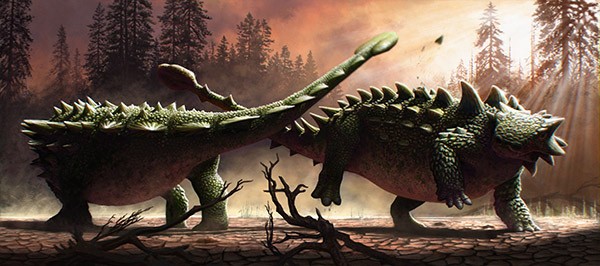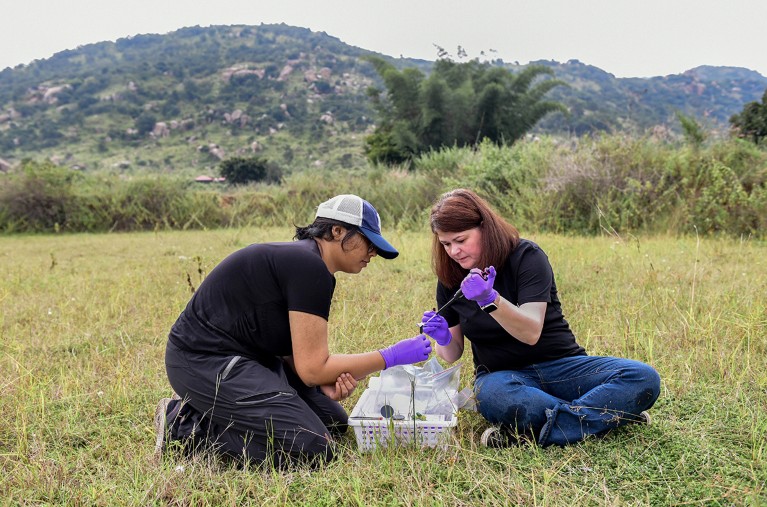Hello Nature readers, would you like to get this Briefing in your inbox free every day? Sign up here

Paediatric hospitalizations for influenza in Canada are currently much higher than usual.Credit: Aleksandra Suzi/Shutterstock
Surge of kids with flu in hospital in Canada
Clinicians and parents in Canada are watching with concern as paediatric hospitalizations for seasonal influenza have reached more than ten times the normal rate for this time of year. The vast majority of flu samples gathered have been A(H3N2) — a subtype that is more severe than other common strains and is less susceptible to vaccines. The good news is that deaths in children from flu are still at normal, very low levels. And Australia’s 2022 winter flu season — which provides an early sense of how the Northern Hemisphere’s season might play out — suggests that an early surge can peter out after a vaccination push.
Reference: Government of Canada FluWatch report

Source: Government of Canada FluWatch report
International students returning to the US
The United States remains the leading host destination for international students and has reversed a pandemic-fuelled decline in enrolment. Foreign graduate students were responsible for most of the rebound. Concerns about the United States that could influence future trends include the high cost of living, abortion bans, racism and the possible impact that the 2024 US election might have on immigration policy. Political tensions between the United States and China have already contributed to an ongoing decline: last year, 9% fewer students from China chose to study in the United States than in 2020–21.
Reference: The Open Doors Report from the Institute of International Education
Ankylosaurs wooed mates with club combat
Ankylosaurs might have used their enormous tail clubs to bash each other in battle over potential mates, rather than to ward off predators such as Tyrannosaurus rex. Researchers who analysed several Zuul crurivastator fossils (translation: ‘Zuul the shin-destroyer’) discovered that the spikes covering the animals’ bodies were often broken and half-healed around the hips. Since these scars were found only where another ankylosaurid club could have reached, the tail clubs were probably used for ritualistic combat, similar to how deer use their antlers.
The New York Times | 5 min read
Reference: Biology Letters paper

Illustrated by Henry Sharpe
Features & opinion
Stop racism from killing Black mothers
Throughout her whole career, obstetrician Kecia Gaither had seen what systemic racism looks like for Black mothers in the United States: they receive lower-quality health care and are more at risk of complications and death during and after pregnancy. She explains how cardiovascular screening programmes, longer-term postpartum care and enhanced anti-bias training for physicians could help to turn the tide on maternal death rates. “In general, we need more physicians and researchers who look like us,” says Gaither. “Data show that Black patients fare better when they have Black doctors taking care of them.”
Why are astronauts going back to the Moon?
Fifty years ago, the three-person crew of Apollo 17 became the last to visit the Moon. NASA’s Artemis I mission — which successfully returned to Earth on Sunday — aimed to rekindle the space-race spirit of lunar exploration. But as was the case during the cold war, US geopolitical prestige, rather than science, is the driving force, argues Alexandra Witze, Nature’s Earth and planetary sciences correspondent.
The cliff-clinging plants of Hawaii
Intrepid scientists are using drones to survey threatened cliff-dwelling plants in Hawaii. The technology can spare researchers from dangerous rappelling excursions and find samples that are unreachable, even to scientists on the end of a climbing rope. Admire some of the delightful discoveries made by high-flying botany-bots in this richly illustrated feature.
Where I work

Shannon Olsson is a chemical ecologist at the Tata Institute of Fundamental Research in Bengaluru, India.Credit: Sayan Hazra for Nature
Chemical ecologists Shannon Olsson and Aditi Mishra trick insects with fake flowers. They planted their 3D printed flowers, which are coated with coloured paints and contain pollinator-attracting chemicals, in the Himalayas, Sweden and India. “Just out of the shot is our rolling lab, a rented jeep that we’ve decked out with delicate, specialist scientific equipment to measure the physiological activity of the pollinators, down to the rate of their heartbeats: a honeybee’s heart beats around 300 times a minute,” explains Olsson. This helps them to understand how insects identify and respond to flowers as people continue to alter the environment and climate. (Nature | 3 min read)
